What Is A Food Bank – Learn About Gardening For Food Banks
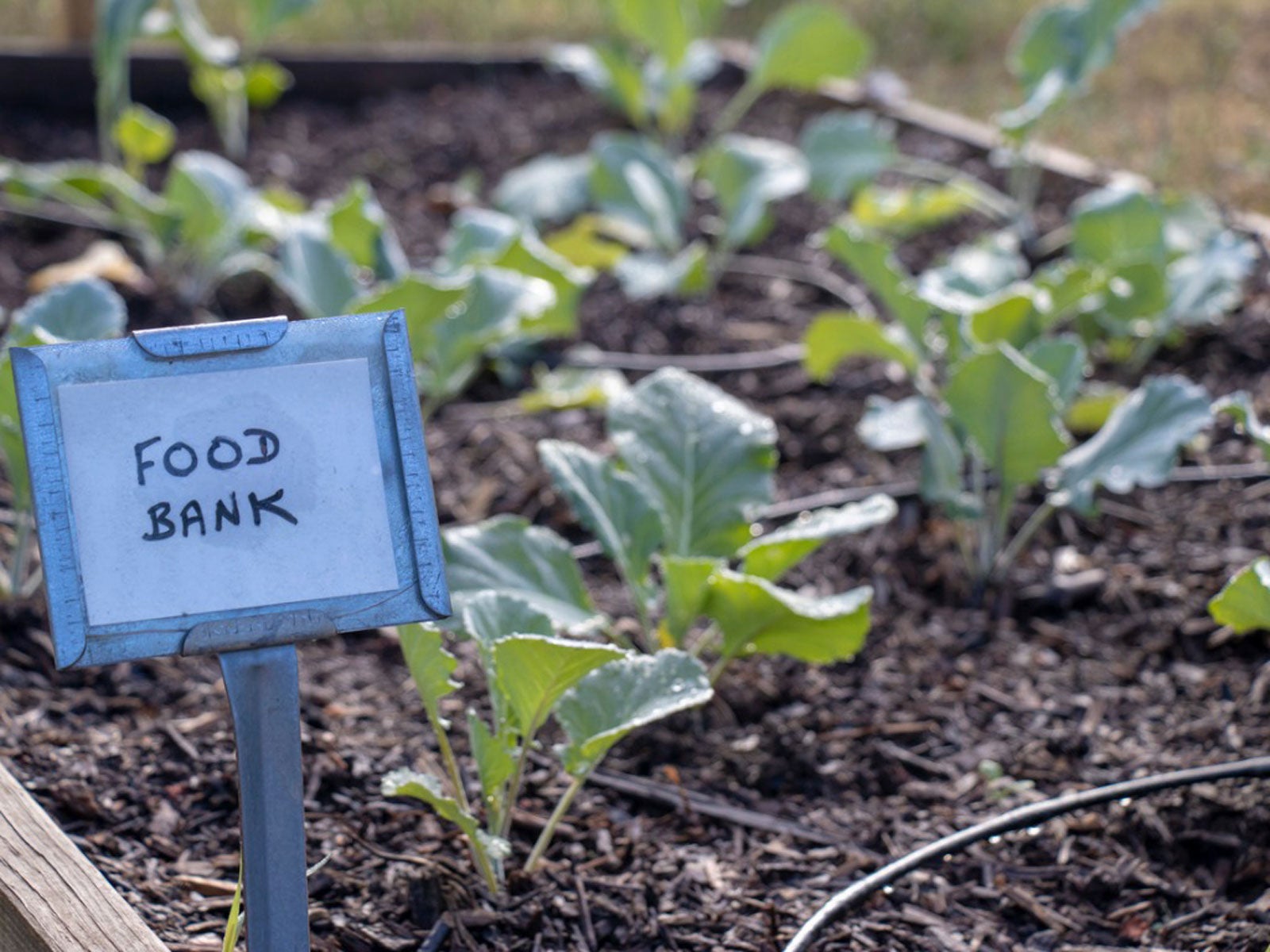
Avid gardeners may find themselves blessed with an abundance of produce each growing season. Sure, friends and family eagerly accept some of the excess, but even so, you may be left with more than you can eat yourself. This is where the food bank comes in.
You can donate or even specifically grow vegetables for a food bank. Millions of people in this country struggle to obtain adequate food. Gardening for food banks can fill that need. So how do food banks work and what types of food bank vegetables are most in demand? Read on to learn more.
What is a Food Bank?
A food bank is a nonprofit organization that stores, packages, collects, and distributes food and other items to those in need. Food banks are not to be mistaken for a food pantry or food closet.
A food bank is usually a larger organization than a food pantry or closet. Food banks do not actively distribute food to those in need. Instead, they provide food to the local food pantries, closets, or meal programs.
How Do Food Banks Work?
While there are other food banks, the largest is Feeding America, which runs 200 food banks that serve 60,000 food pantries nationwide. All food banks receive donated food stuff from manufacturers, retailers, growers, packers, and shippers of food, as well as through government agencies.
The donated food items are then distributed to food pantries or non-profit meal providers and either given or served free, or at a much reduced cost. One of the key elements of any food bank is that there are few, if any, paid employees. The work of a food bank is almost entirely done by volunteers.
Gardening for Food Banks
If you want to grow vegetables for a food bank, it’s a good idea to contact the food bank directly prior to planting. Each food bank will have different needs, so it is best to find out exactly what they are looking for. They may already have a solid donor of potatoes, for example, and aren’t interested in more. They may have a more pressing need for fresh greens instead.
Gardening tips, videos, info and more delivered right to your inbox!
Sign up for the Gardening Know How newsletter today and receive a free copy of our e-book "How to Grow Delicious Tomatoes".
Some cities have organizations already set up to help gardeners growing food bank vegetables. For instance, in Seattle, Solid Ground’s Lettuce Link connects people with donation sites by providing a spreadsheet with donation locations, donation times, and preferred veggies.
Some food banks won’t accept personally grown produce, but that doesn’t mean they all won’t. Keep checking around until you find a food bank that is open to personal garden donations.
Gardening for food banks might be a good way to use up that overload of tomatoes and may even be purposeful, like when a gardener dedicates part or all of the garden plot as a giving garden or specifically to fight hunger. Even if you don’t have your own garden space, you can volunteer at one of the over 700 local and national USDA People’s Gardens, most of which donate produce to food banks.

Amy Grant has been gardening for 30 years and writing for 15. A professional chef and caterer, Amy's area of expertise is culinary gardening.
-
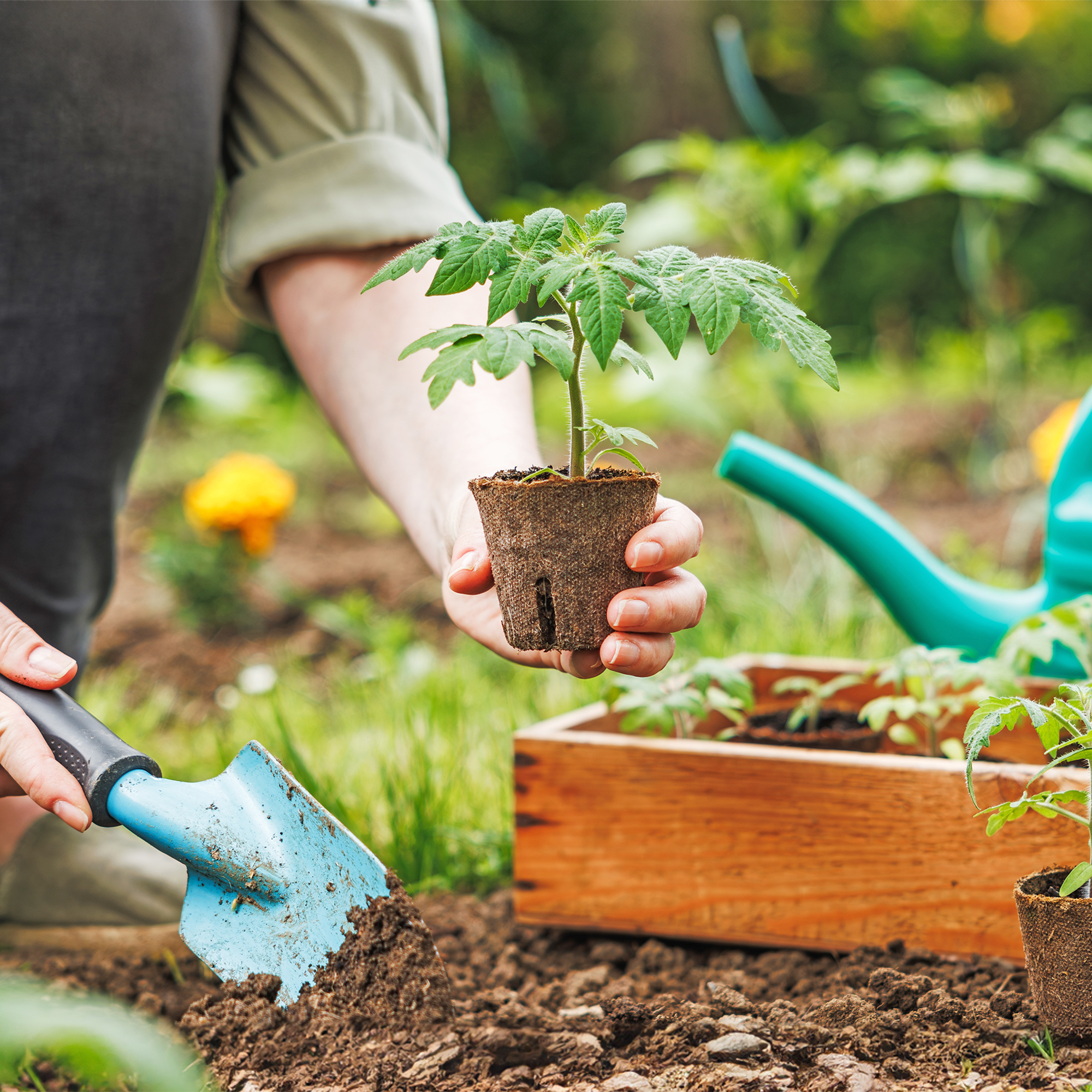 Never Plant Seedlings Until They Pass These 3 Simple Tests
Never Plant Seedlings Until They Pass These 3 Simple TestsDon't be over-eager to transplant seedlings into the garden before they are ready. These quick and easy checks will help ensure flourishing plants.
By Mary Ellen Ellis
-
 Grow ‘Karl Rosenfield’ Peony Plants For The Ultimate Frilly Border Beauties And Cut Flowers
Grow ‘Karl Rosenfield’ Peony Plants For The Ultimate Frilly Border Beauties And Cut FlowersFor frilly double magenta peony petals infused with a heady fragrance, grow ‘Karl Rosenfield’ peony plants. Here’s how to cultivate the ultimate plushy blooms
By Tonya Barnett
-
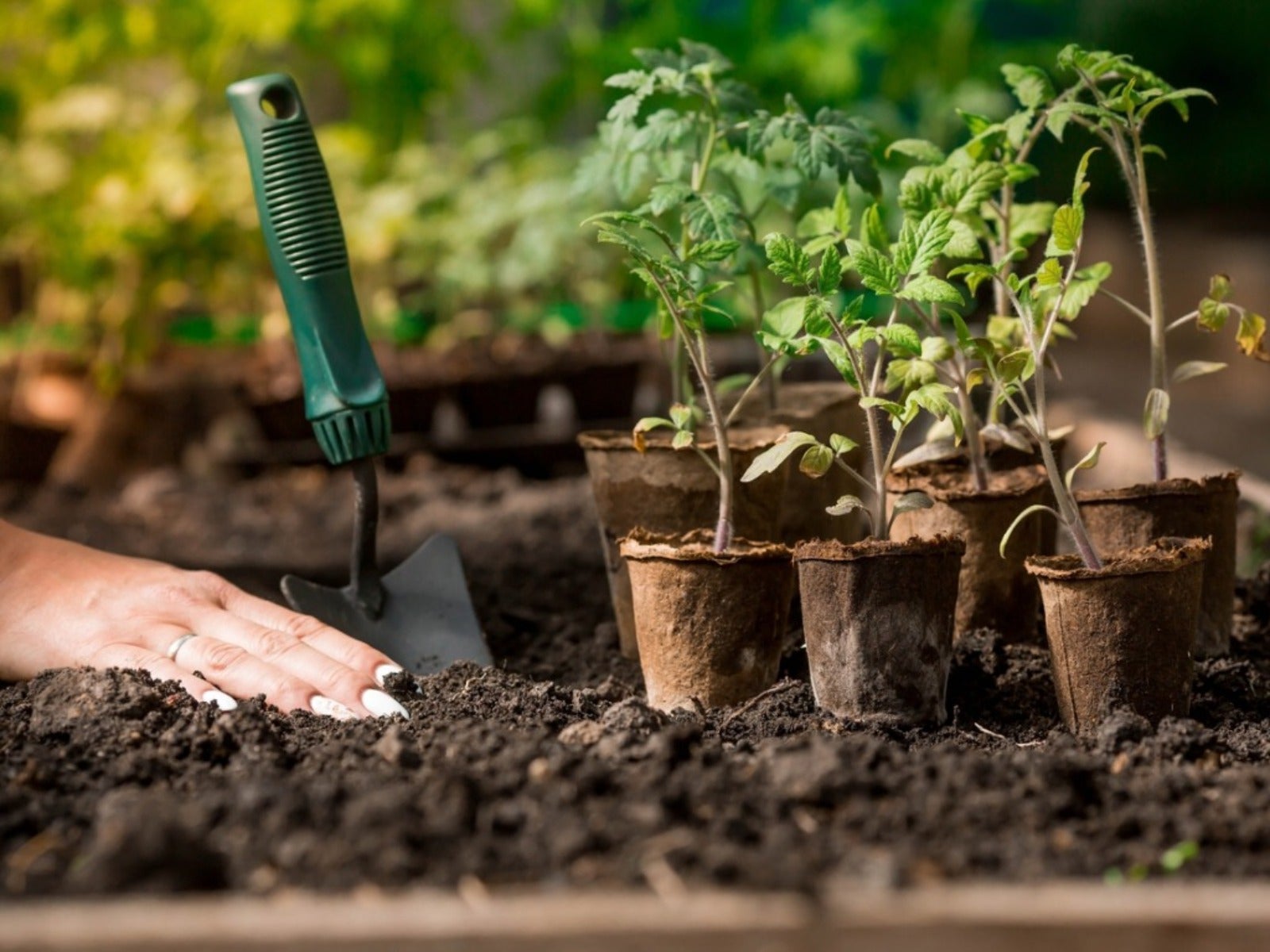 How Many Vegetables To Plant Per Person For A Year
How Many Vegetables To Plant Per Person For A YearGauging how much to plant in a vegetable garden can eliminate waste while still producing enough for your family. Click for more.
By Bonnie L. Grant
-
 13 Perennial Fruits And Vegetables You Only Have To Plant Once
13 Perennial Fruits And Vegetables You Only Have To Plant OnceLooking to set it and forget it? Find out which fruits and vegetables can be grown as perennials.
By Laura Miller
-
 11 Edible Plants For A Year-Round Garden In A Bucket
11 Edible Plants For A Year-Round Garden In A BucketWant to know how to grow food inside your house and which foods do best indoors? Click here to learn all about it.
By Bonnie L. Grant
-
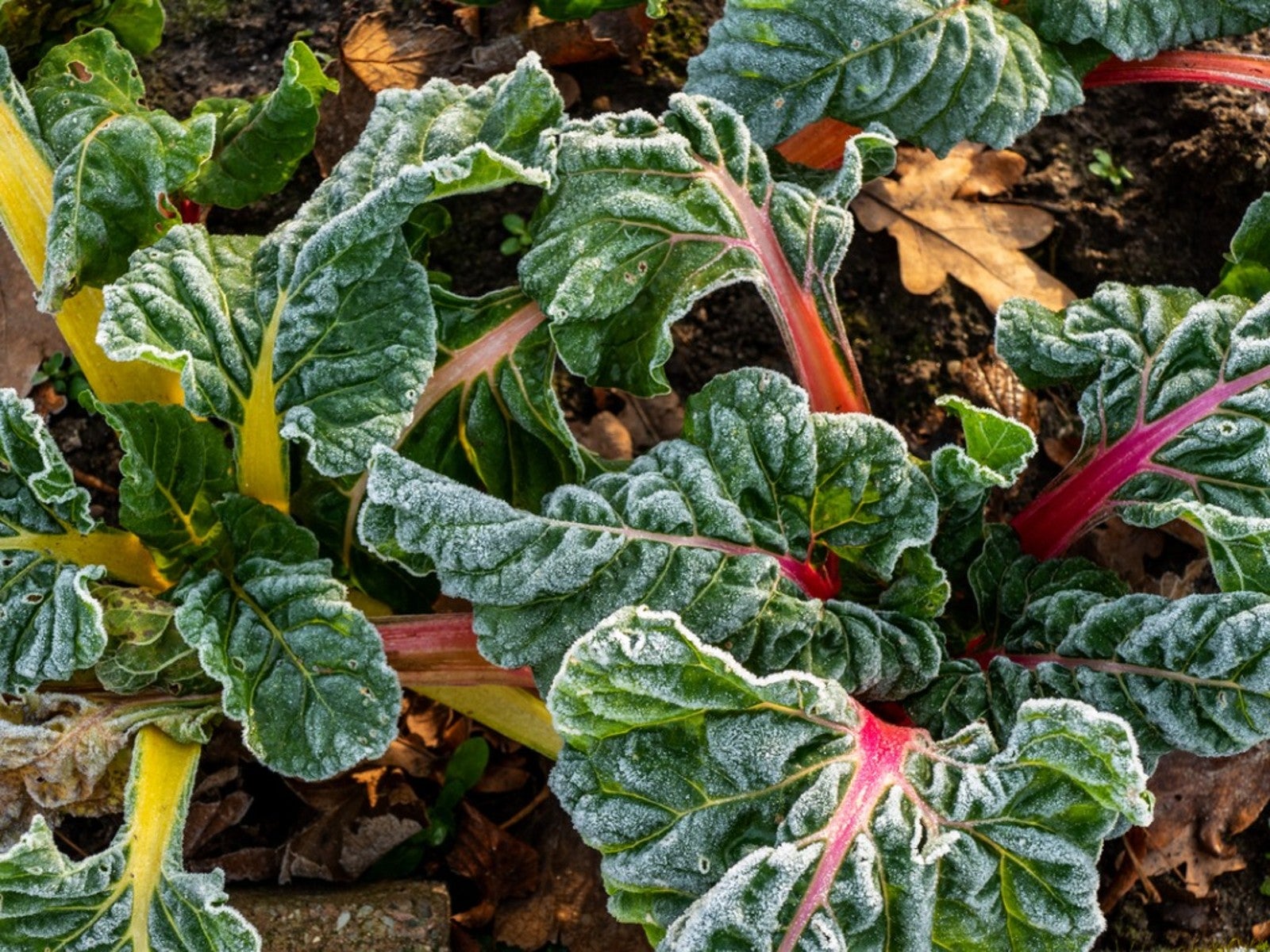 Frost Tolerance Of Vegetables From Least To Most Hardy
Frost Tolerance Of Vegetables From Least To Most HardyHow cold can vegetables tolerate? Knowing which veggies will survive frosts and freezes is essential for the success of your garden. Click here for more.
By Laura Miller
-
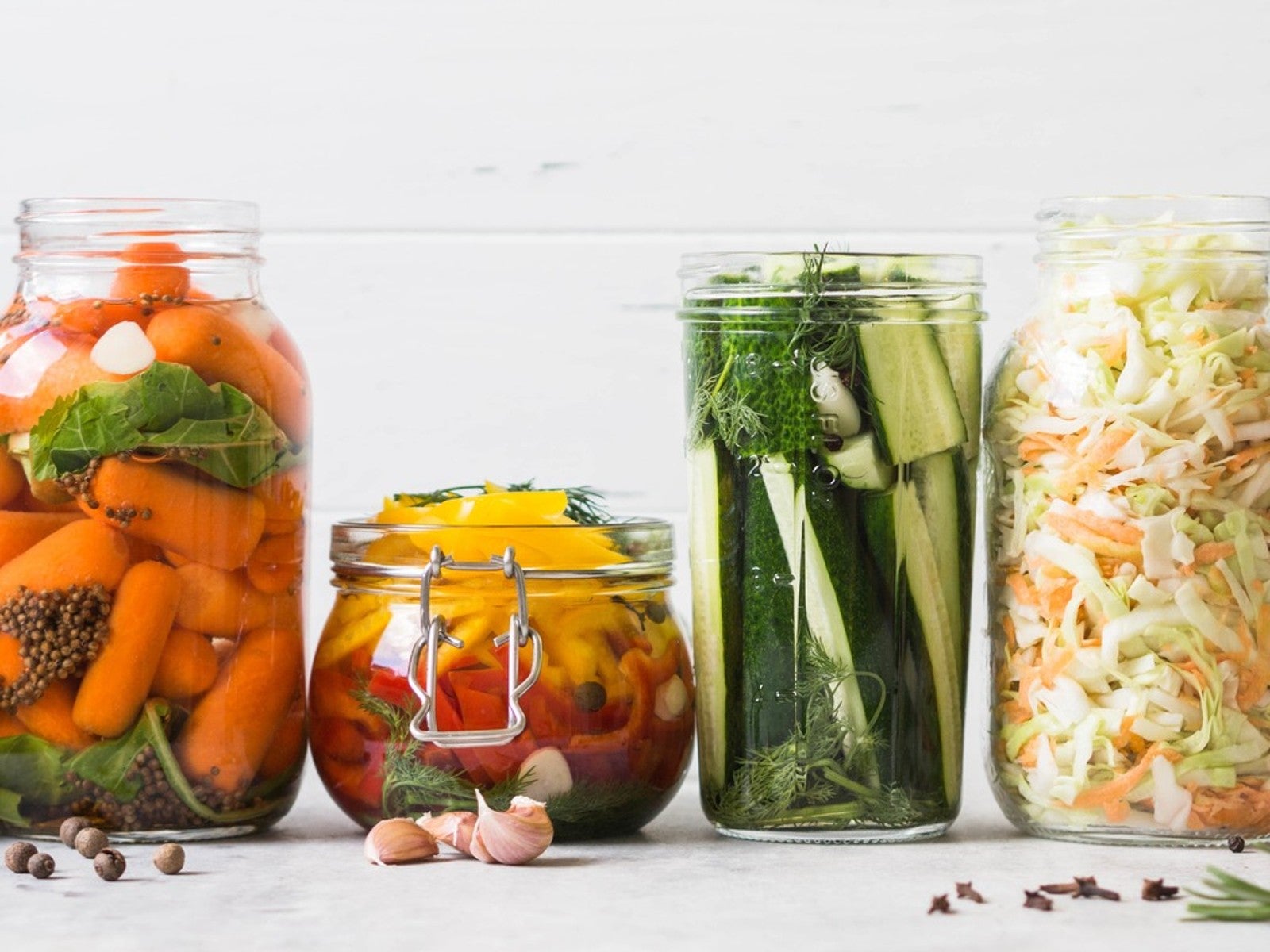 Best Vegetables To Pickle Straight From The Garden
Best Vegetables To Pickle Straight From The GardenPickles aren’t limited to just cucumbers. Read on for tips on pickling your fresh veggies.
By Amy Grant
-
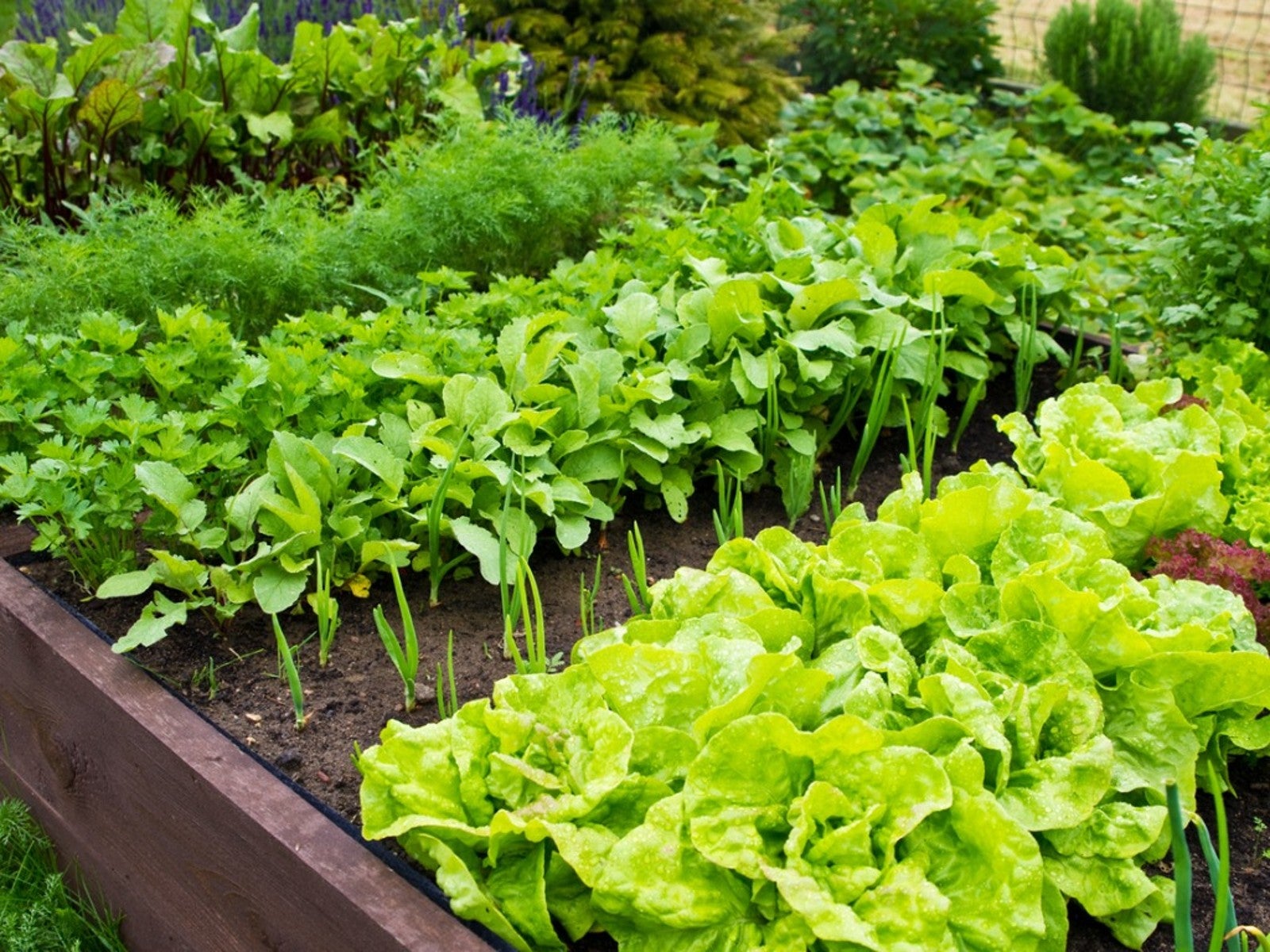 Benefits Of Planting In Fall Vs. Spring Vegetable Plots
Benefits Of Planting In Fall Vs. Spring Vegetable PlotsLearn why some vegetables do better if you plant them in fall instead of spring.
By Laura Miller
-
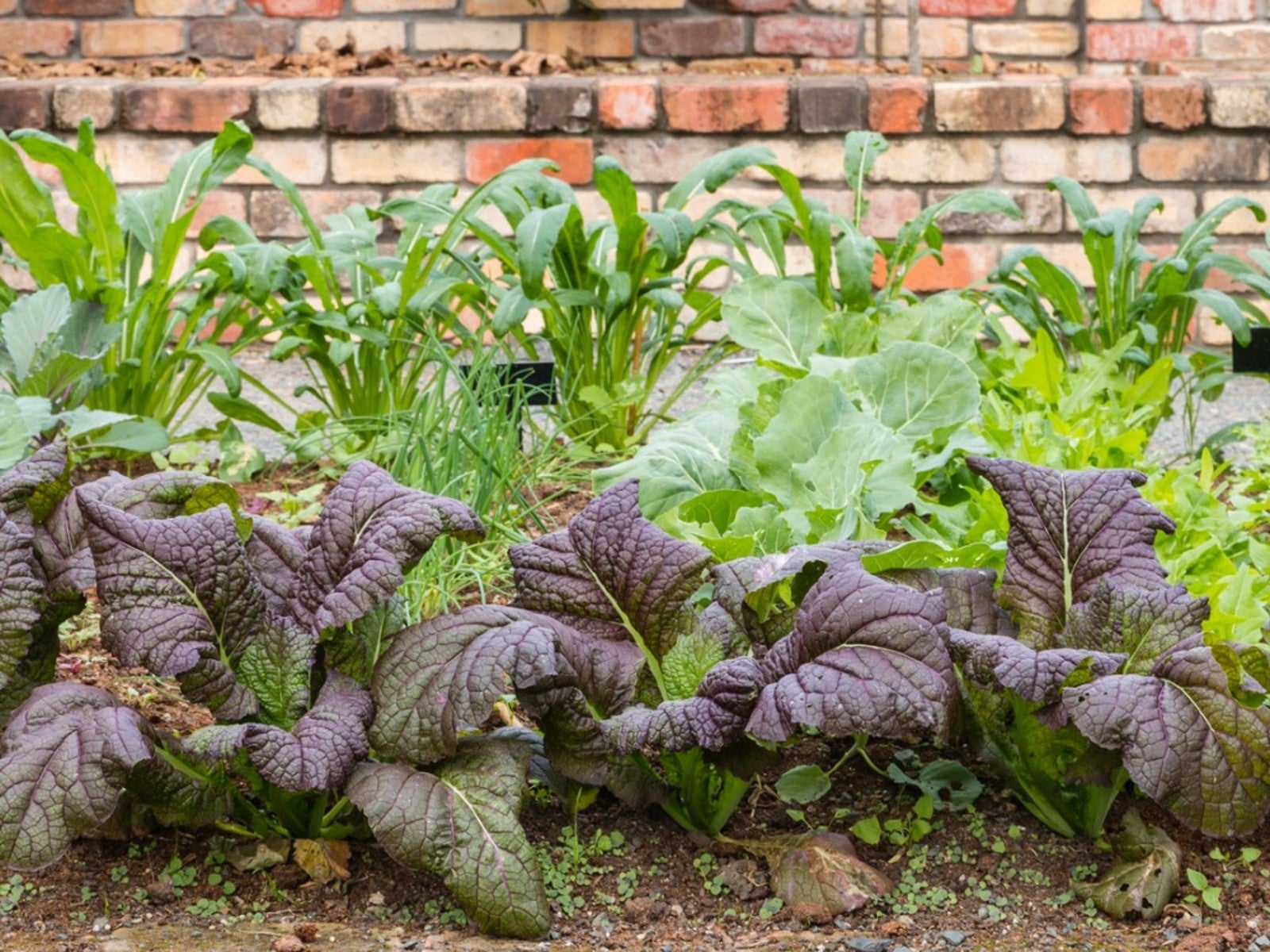 Interplanting Vegetables In The Fall Garden
Interplanting Vegetables In The Fall GardenLearn all about the benefits of interplanting vegetables for your fall garden.
By Laura Miller
-
 Best Vegetables For Growing In Perlite
Best Vegetables For Growing In PerlitePerlite is a natural growing medium that comes from super-heated volcanic glass. In some cases, it works better than soil. Read on for more info.
By Laura Miller